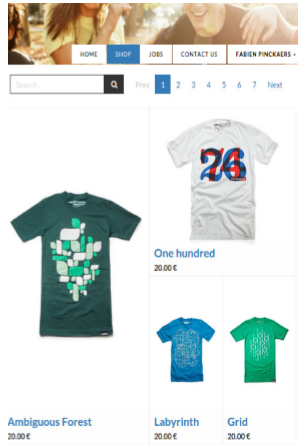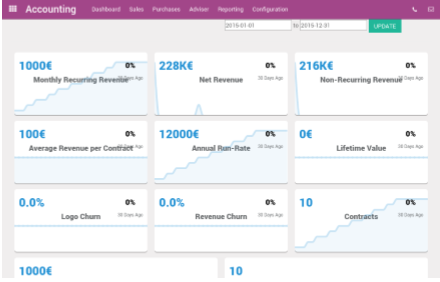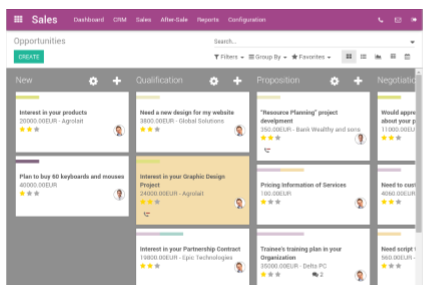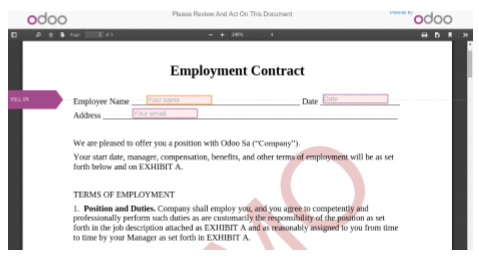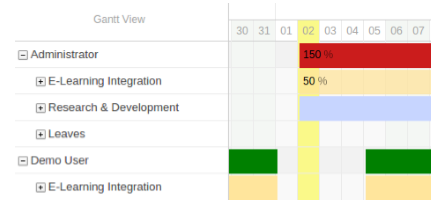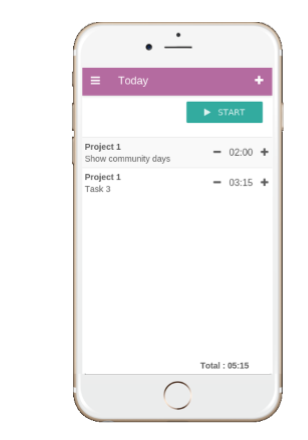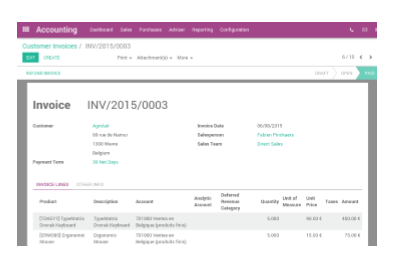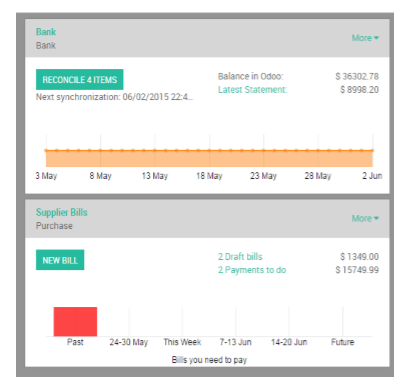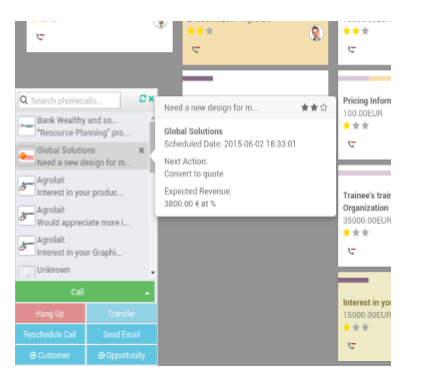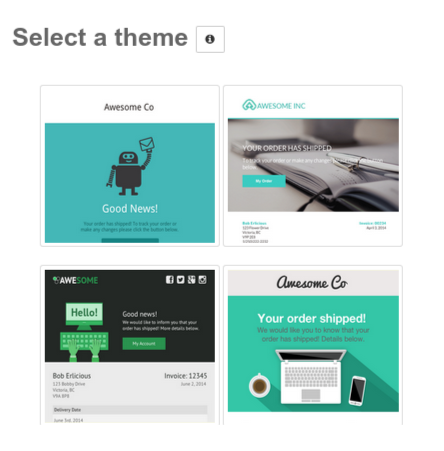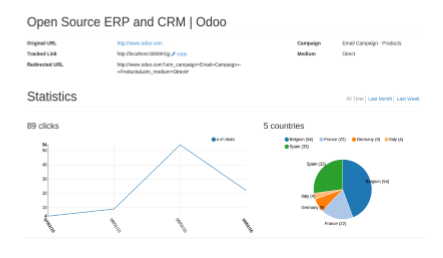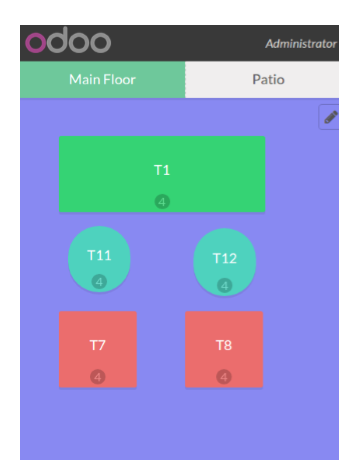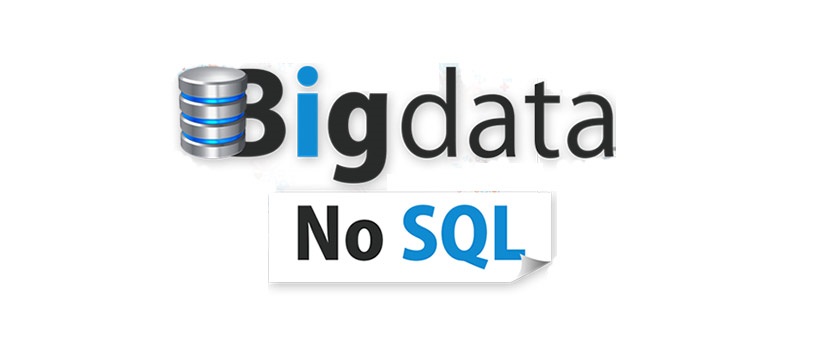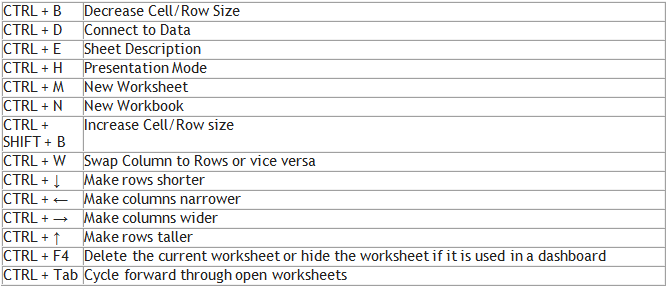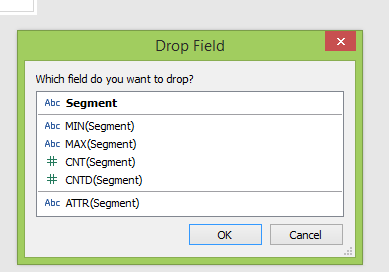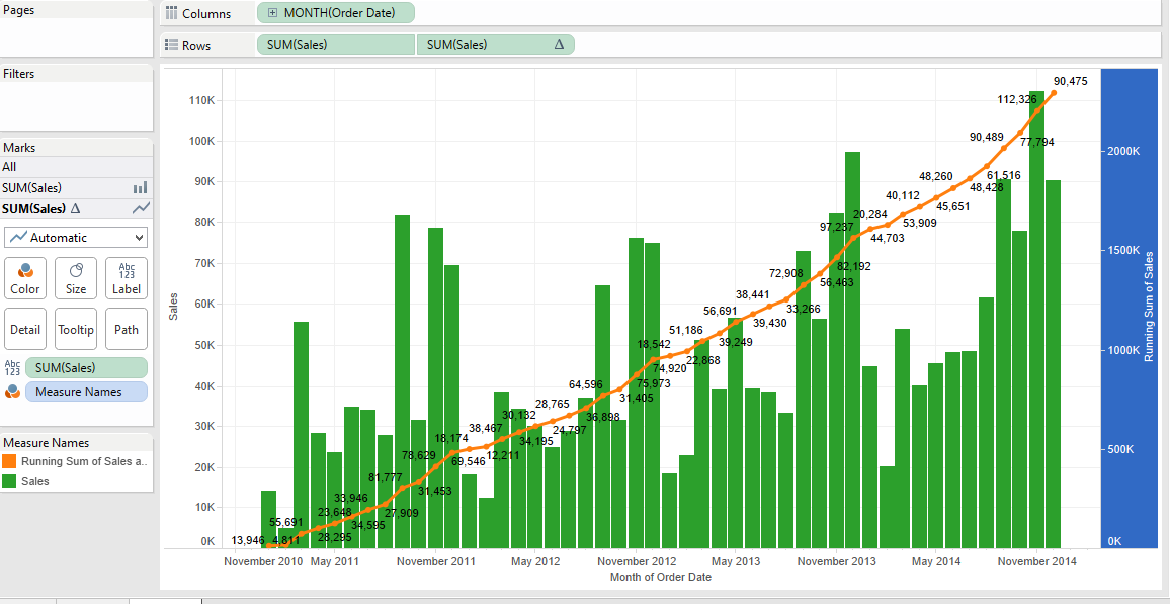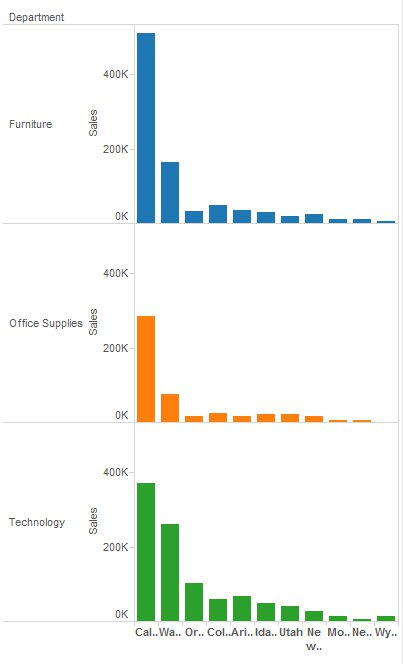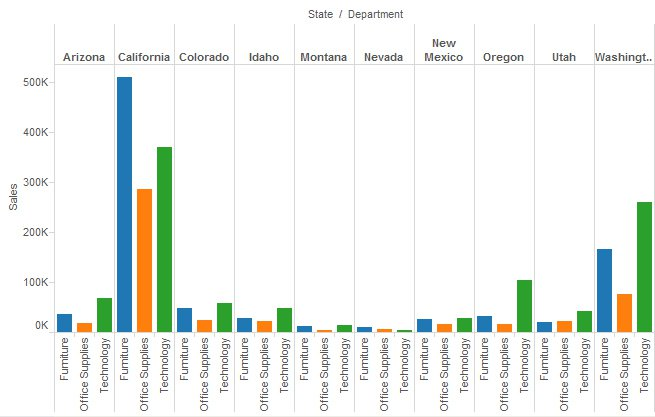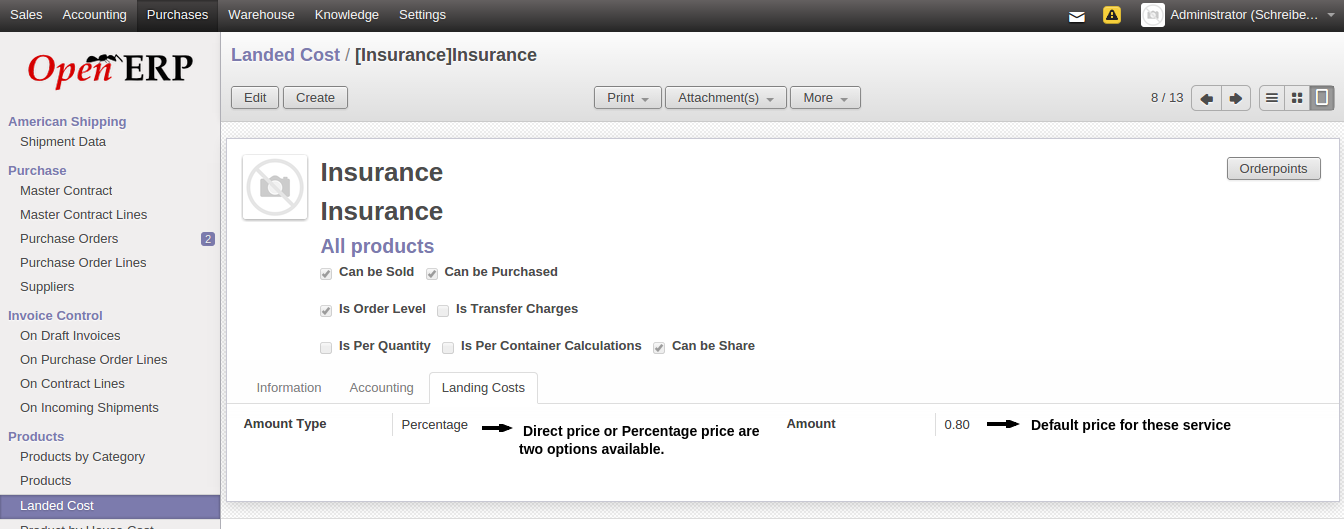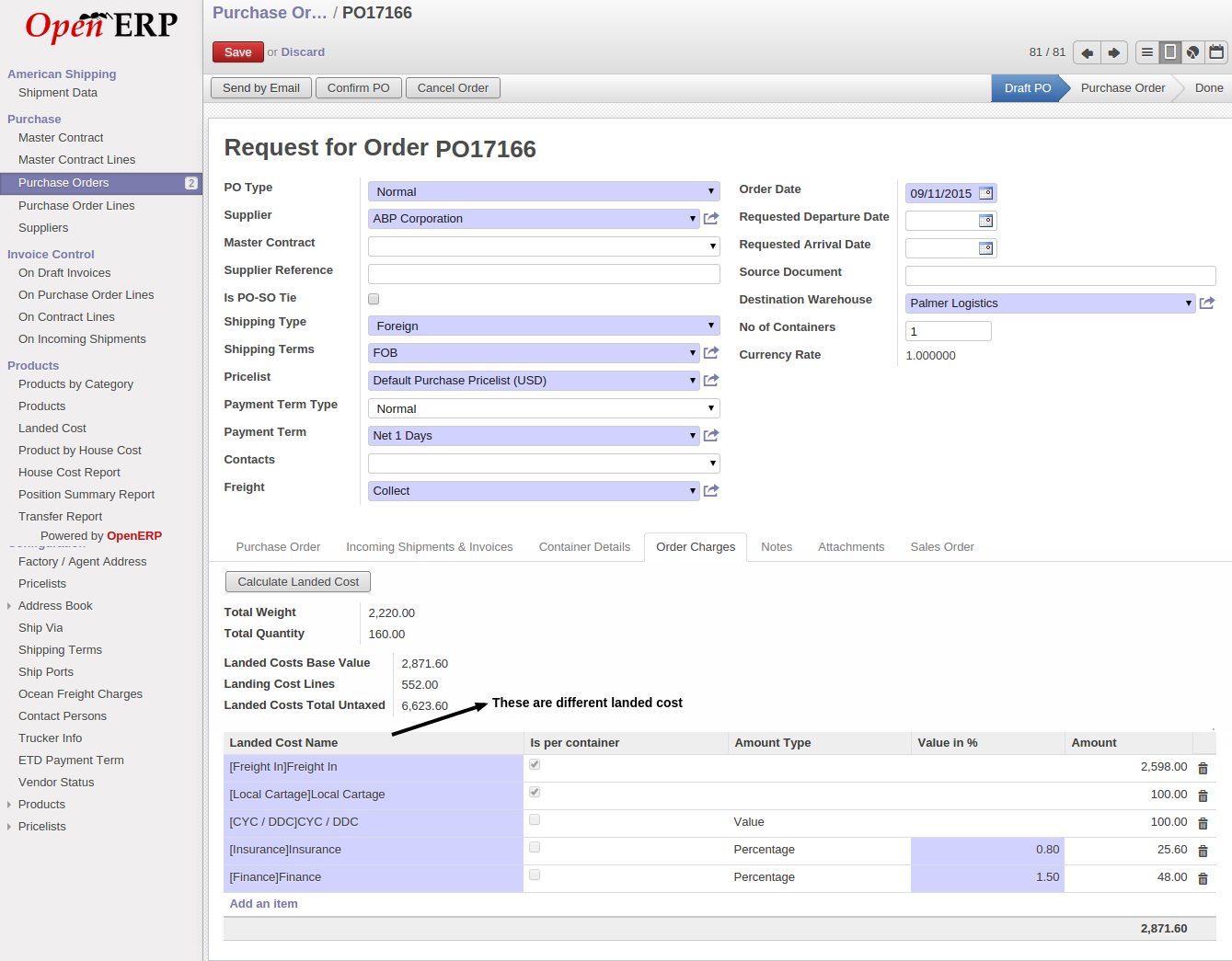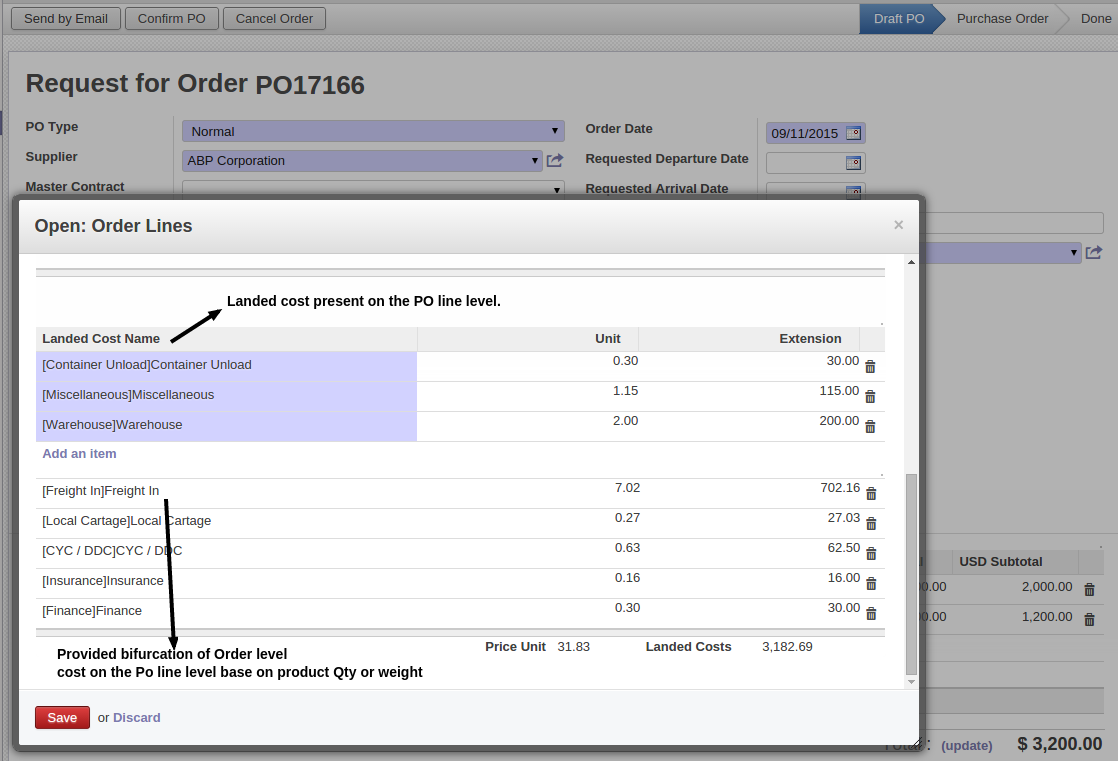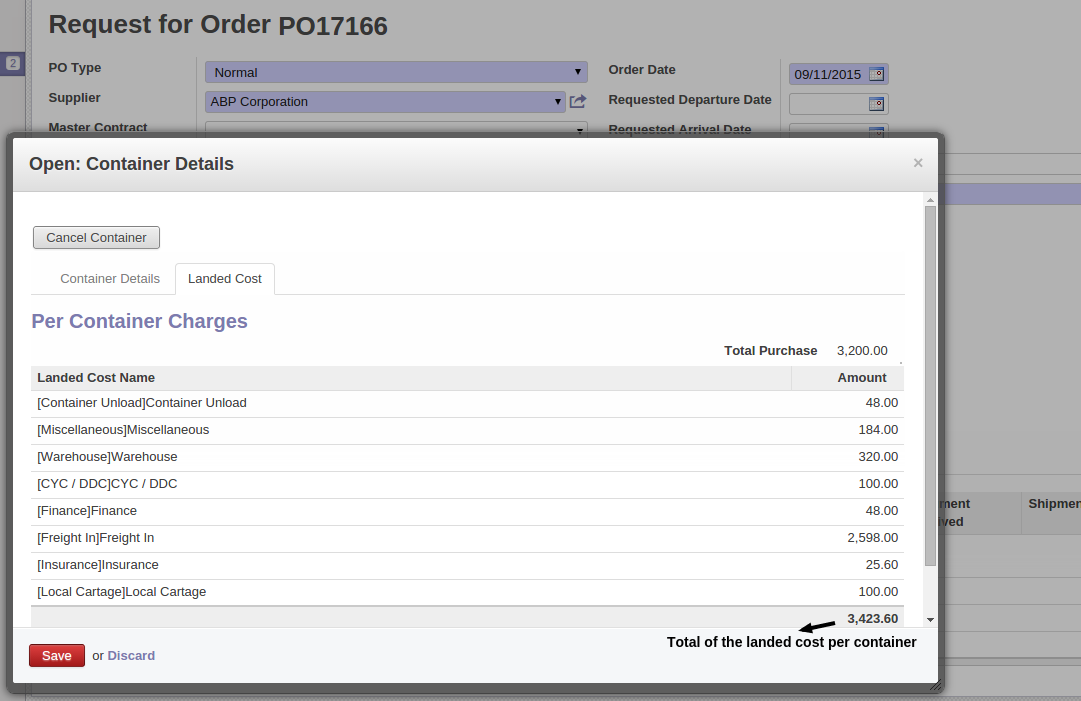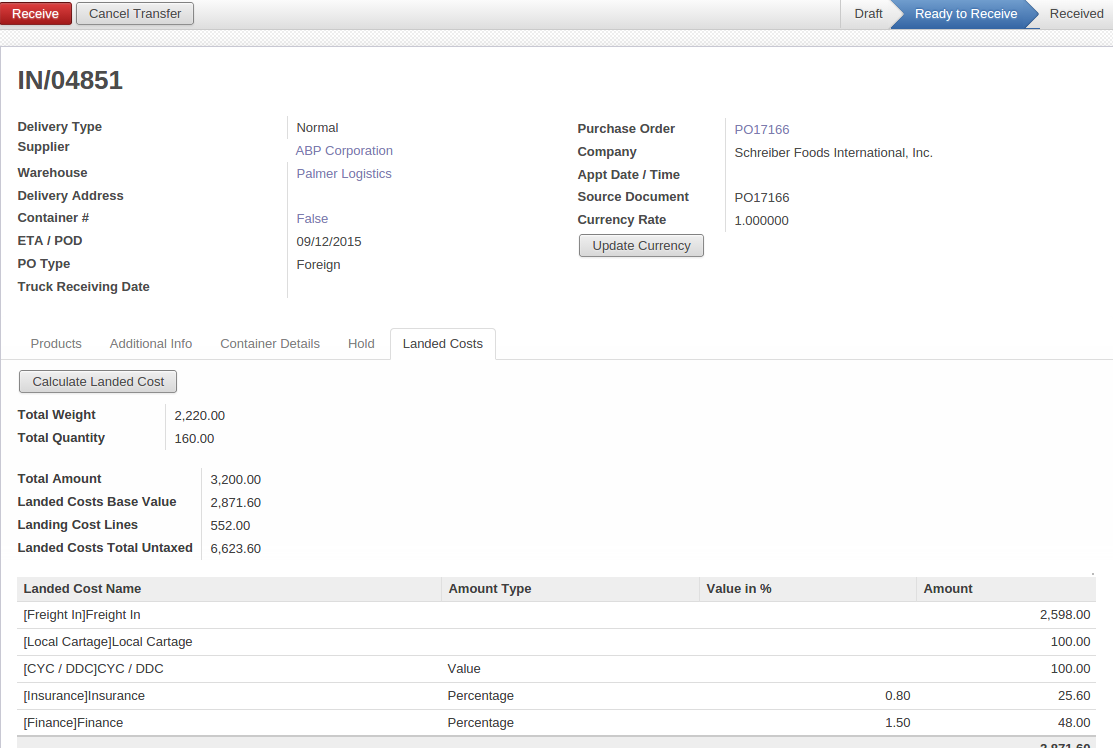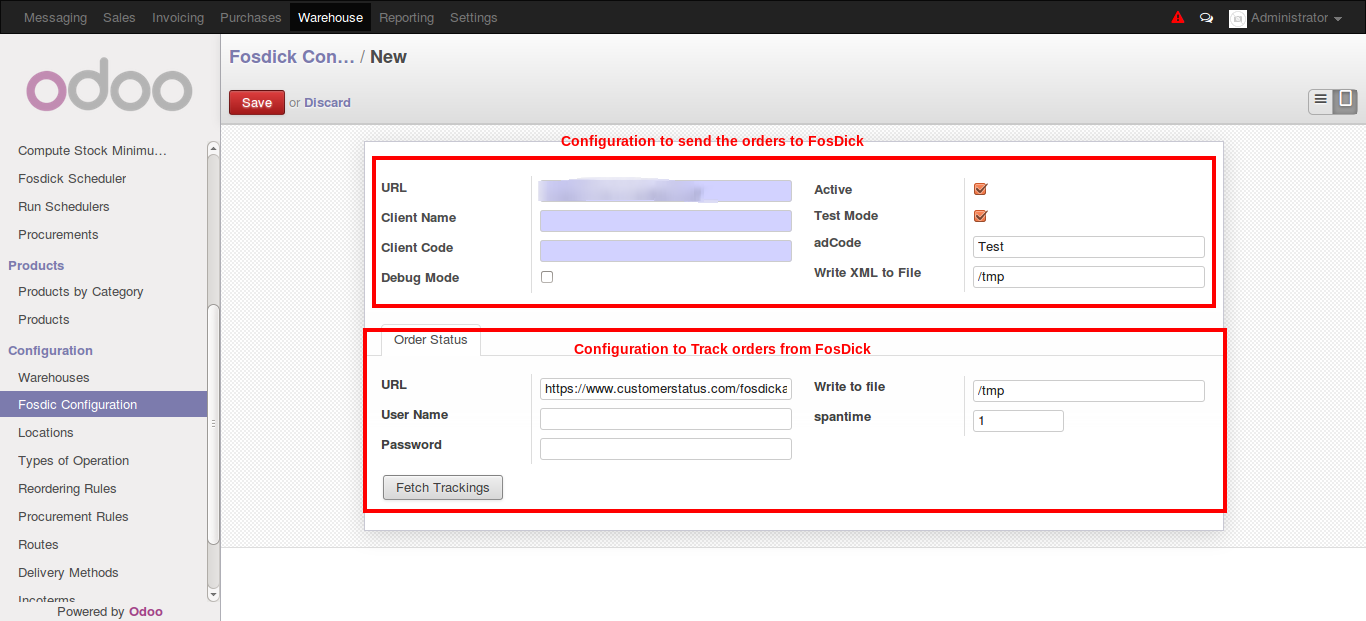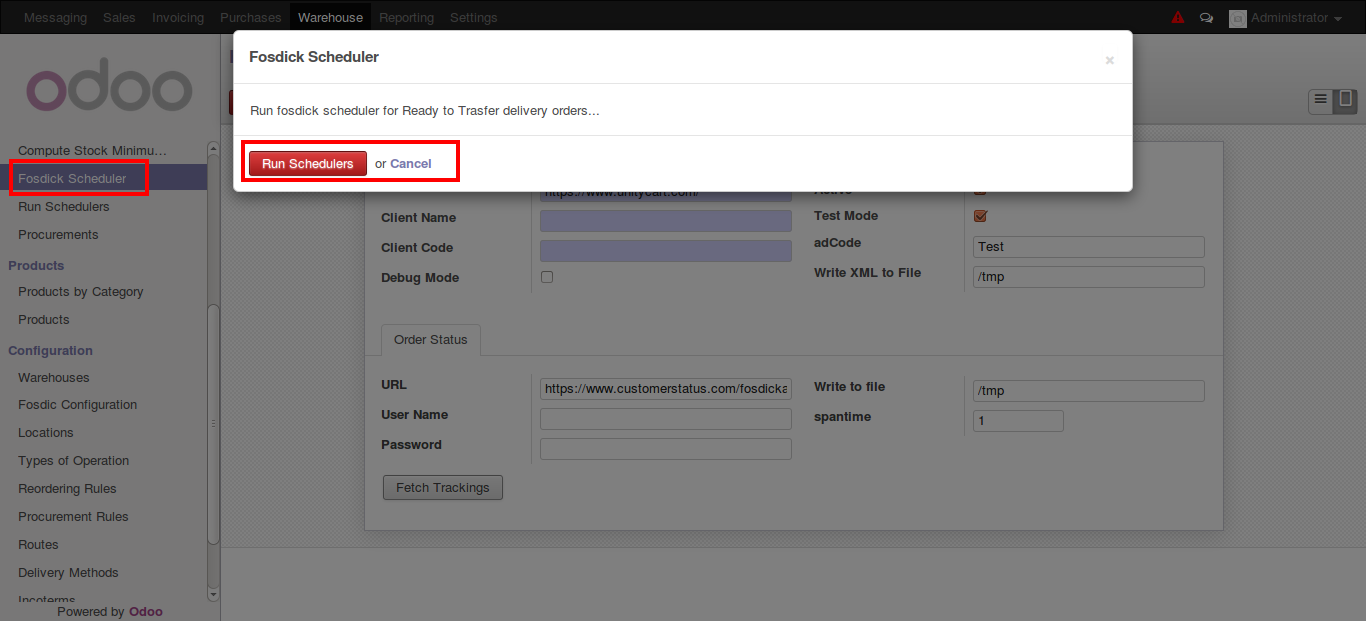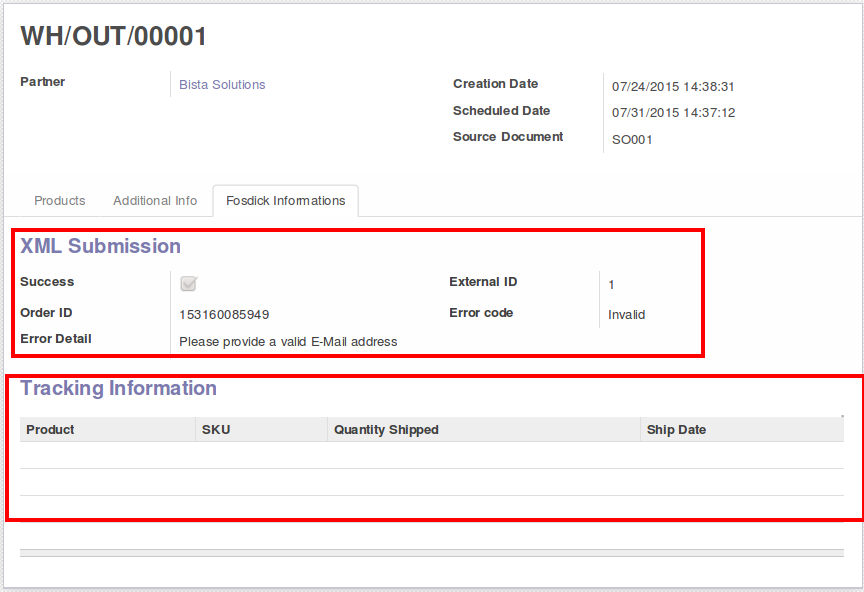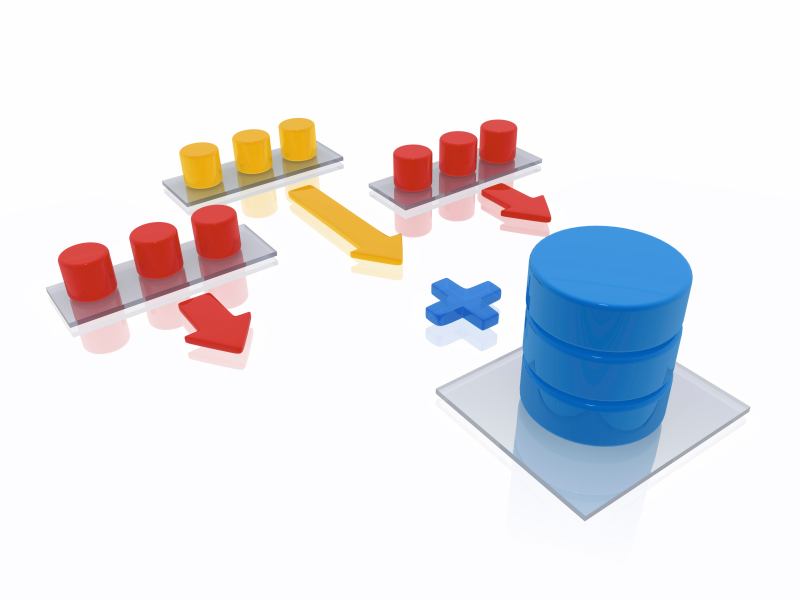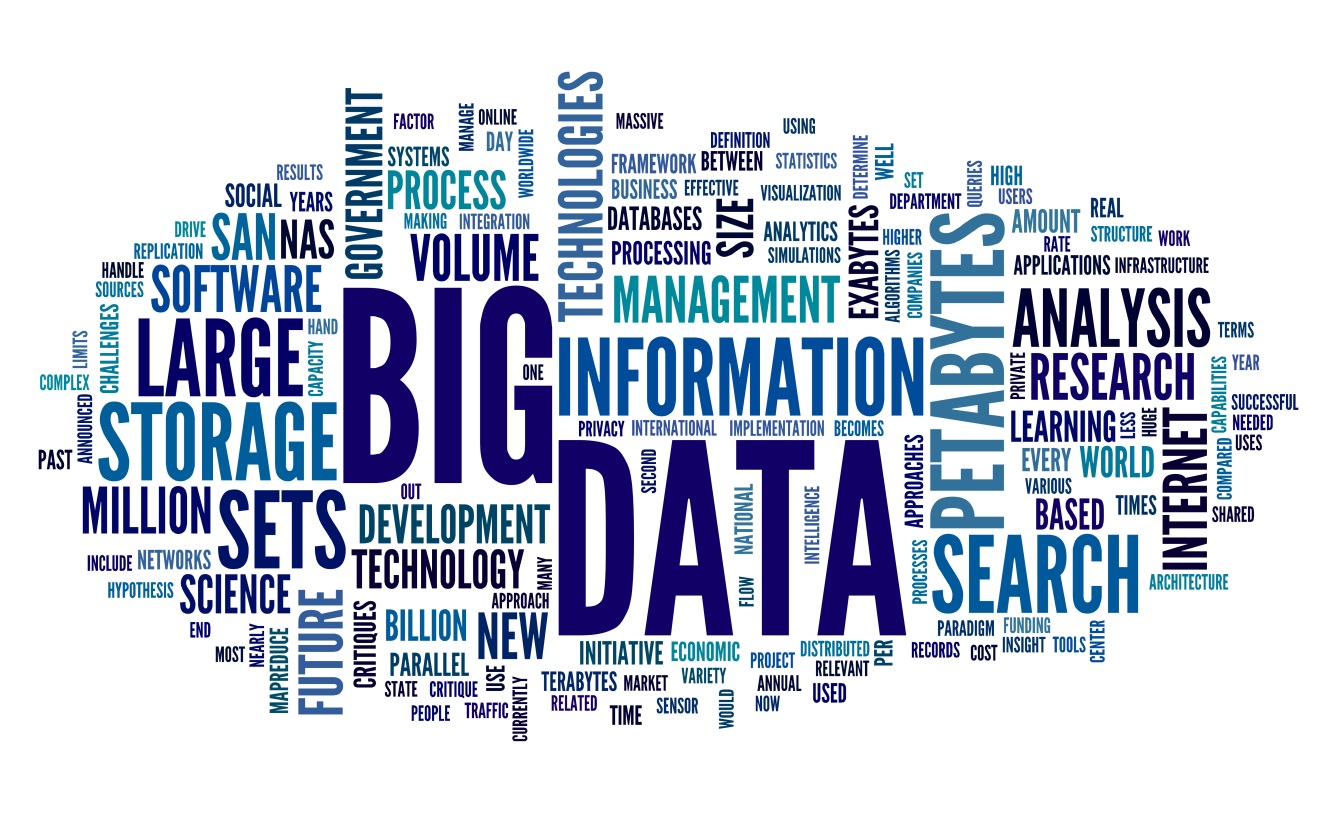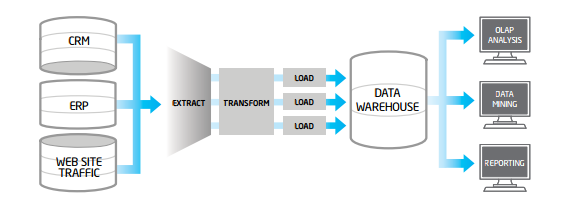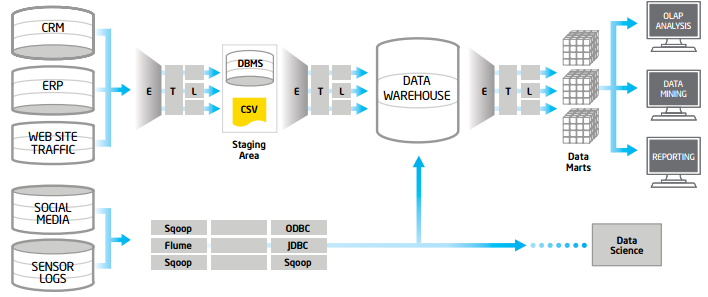What’s New in Odoo 9?
Here are the exclusive features of Odoo 9 Community and Enterprise Version:-
- New WYSIWYG Editor
- Versioning
- New Building Blocks
- Easy Form Builder
- Latest Customization Tools
- Alpha Beta Testing
- Support for Multi-Website
THEMES
- Ready-to-use Website Themes
- Customizable Modules
- Drag & Drop Building Blocks
- Dynamic features
- Inbuilt Blogs & eCommerce Options
- New App Themes Store
- Customer Portal Management
- Allows Digital Products such as publications, and code.
- New Payment Gateway Integration options
- New Shipping Integration facilities such as UPS, USPS, FedEx, and DHL
- Integration with leading eCommerce Portals eBay and Amazon
SUBSCRIPTIONS MANAGEMENT
- Plans
- Automated Monthly Recurring Bills
- Options to Setup Subscription Fees
- Customer Management
- Setup KPIs and Customizable Dashboard
CONTRACTS MANAGEMENT
- Latest Contract Management
- Recurring Contracts Management
- Fixed Price Management
- Time & Material-Based Module
NEW DESIGN
- Clean Interface & Easier to navigate
- Rapid Fast
- 100% Responsive and Supports Mobile in ISO/ Android
- Simple filters & groups
- Fantastic Dashboards
MOBILE APPLICATIONS
- All Apps – 100% Responsive
- Supports IPhone & Android
- Adapted views
- Interface with Phone
ODOO SIGN
- Drag & Drop of Facilities
- Option for PDF Preview
- Templates Management
- Supports Multiple Roles
- Public Sharing
PROJECT MANAGEMENT
- Customizable Module
- Forecasting Feature
- Updated Timesheets on Tasks
TIMESHEETS
- Mobile App for Timesheet Management
- Chrome Plugin
- Super-Fast
- GTD Planning & Statistics
- Work in Disconnected
INVOICING & PAYMENTS
- Send by Regular Mail
- 24.000 Banks Synchro
- SEPA Payments
- OFX, QIF, CSV, CODA Import
- Check Printing
- Batch Deposit
- Follow-Ups
- Multi-Companies
NEW ACCOUNTING
- Amazing Dashboards
- Awesome Reports
- Improved Reconciliation
- Smart Fiscal Year Closing
- Simplified Configuration
- Revised Assets
- Export to Excel
VoIP INTEGRATION
- Plan Calls
- Auto-popup
- Dial Queue
- Reschedule a Call
- Send Email
- Customer & Opportunity
MASS MAILS
- New WYSIWYG Editor
- No front/back switch
- Open / Delivered stats
- Link Tracker
LINKS & TRACKING
- Marketing Campaigns
- URL Shortener Tool
- Smart UTM Tracking
- From Visit to Revenue
POINT OF SALES
- Restaurant
- Customer Management
- Kitchen printer
- Barcode Compatibility
IMPROVED WMS
- Unified interface
- Shippers integration
- Better returns Management
If you’d like to learn more about the differences between Odoo 9 Community and Odoo 9 Enterprise, click here.
If you’d like to learn more about our Odoo implementation services, click here.
Finally, if you’d like to get in touch, you can reach us at +1 (858) 401 2332 or by using our contact form.




